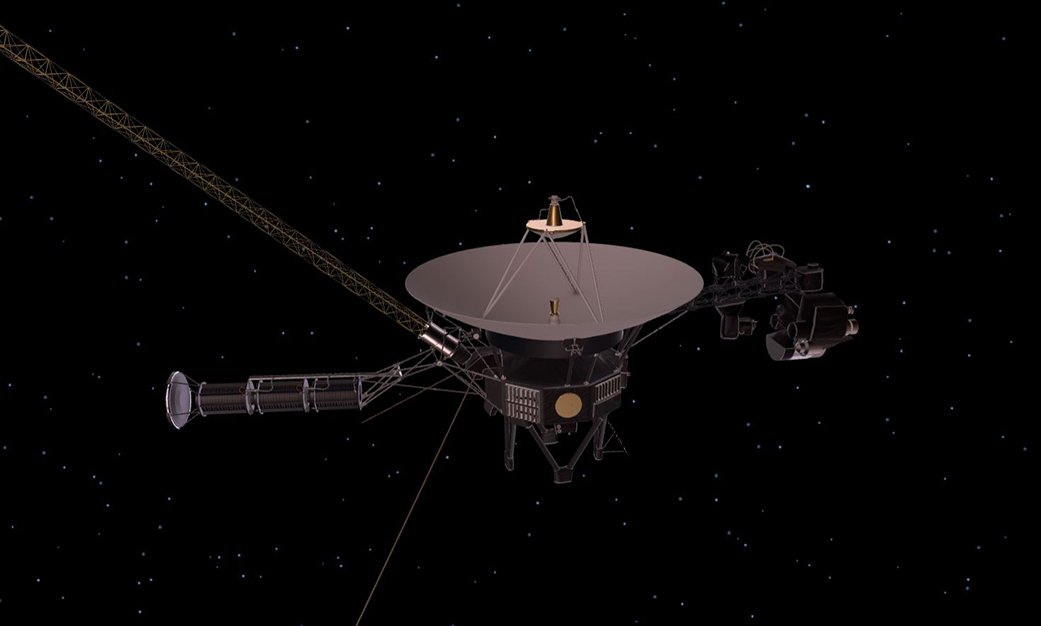Apparently, NASA has found a way to preserve the Voyager 2 spacecraft’s science instrumentation a few years longer than expected. To do this, the probe now taps into a small reserve current, which should help protect the instruments in the event of a potential voltage fluctuation. Although the voltage is no longer monitored as carefully as it used to be, there is no longer a need for an additional safety net because the electrical system has been so stable over the past few decades. Furthermore, given that scientific data can continue to be collected for years to come, the risk is acceptable.
stunt solution
Like its sister spacecraft Voyager 1, Voyager 2 is powered by two radionuclide (RTG) batteries. However, the energy obtained from the radioactive decomposition of plutonium is decreasing from year to year, which is why heating and non-core systems have already been turned off. Next will be the remaining research tools, NASA’s Jet Propulsion Laboratory wrote. When they thought about how to prevent this, they discovered the alternative that was now chosen.
As the officials explainThe two probes have an onboard protection mechanism that should step in if the onboard voltage suddenly changes dramatically. A voltage regulator is installed for this purpose, which then activates the emergency power circuit. For this it can access a small amount of unused energy from the batteries it is intended for. This is now used to keep tools still active for a longer period. If the voltage fluctuates more in the future, one can still react from the ground. If the chosen trajectory works now, it can also be transferred to Voyager 1 later.
Launched 16 days apart in 1977, two Voyager probes took advantage of a rare constellation in which the four largest planets in the solar system came particularly close. Both visited Jupiter for the first time and gained momentum on it to Saturn, where they parted ways: Voyager 1 itself jumped out of the plane of the solar system there, Voyager 2 to Uranus and Neptune. Originally planned for only a four-year mission, they have now been on the road for 45 years and are still active. The Voyager program has long been one of NASA’s greatest successes. A technical problem occurred on Voyager 1 only last year, but it has been resolved. The end of the standard mission is still not in sight.
(mo)

“Total coffee aficionado. Travel buff. Music ninja. Bacon nerd. Beeraholic.”







More Stories
Researchers detect extremely high-energy gamma rays
Anxiety disorders in old age increase the risk of dementia
Researchers are particularly fascinated by these exoplanets.